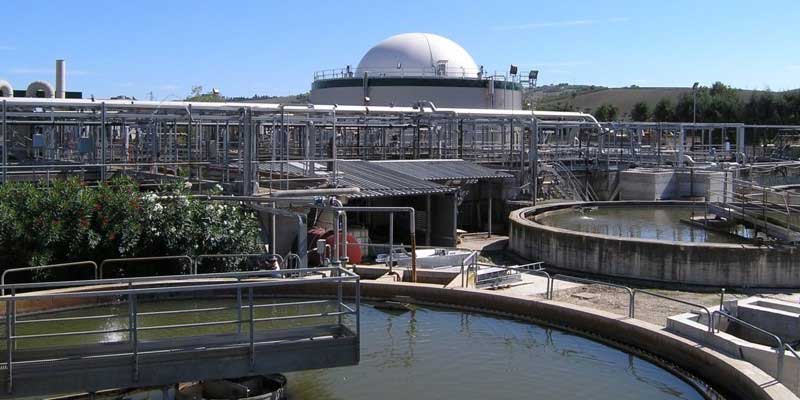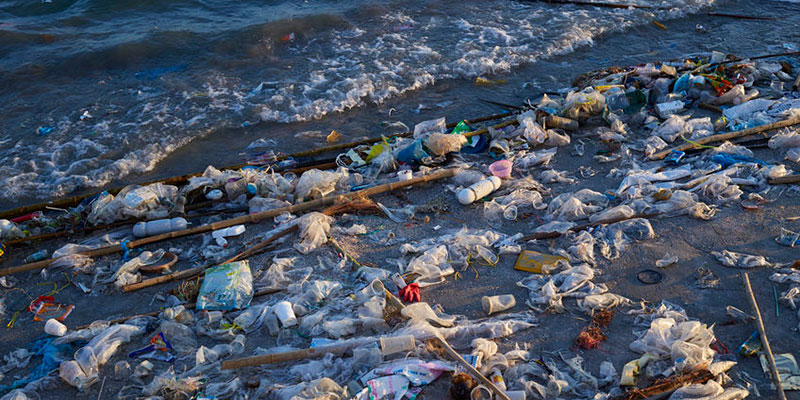One aspect of the EC move toward a circular economy is promoting access to tap water in order to reduce packaging needs for bottled water.
Decentralized water and wastewater solutions are well positioned to help make the move to a carbon-neutral and environmentally sustainable future
The European Union’s Circular Economy Action Plan for a fully circular economy by 2050 ranks among the most ambitious environmental targets of any governmental body. In concordance with the 2050 climate neutrality goal of the European Green Deal, the plan focuses on stimulating the economy and employment through waste prevention and management.
But transitioning from the “take-make-dispose” model to a circular model — that is, one that’s carbon-neutral, environmentally sustainable, and nontoxic — will require a great deal of investment in sustainable product design, waste reduction, and consumer empowerment.
The ideal strategy for the circular economy focuses on reducing waste first and treats recycling as a last resort. In line with the general principle, the EU announced the plan with an understanding that 50% of total greenhouse gas emissions, and more than 90% of biological diversity losses and water stress result from extraction and processing of resources.
Making Key Sectors Circular
For maximum returns, circularity and sustainability must be baked into the system from design, to production, to intended use by consumers. The European Commission (EC), the EU’s governing body, has isolated key areas for special attention:
- Plastics: The EC supports a European Strategy for Plastics in a Circular Economy to lessen the prevalence of microplastics in the environment. Beyond improving treatment, the EC also promotes a strategy to reduce one of the big culprits behind microplastics in the environment, plastic water bottles. The EC seeks to, “promote access to tap water for EU citizens, therefore reducing packaging needs for bottled water.”
- Textiles: Less than 1% of water used in the textile industry is recycled, and the commission is seeking tighter water-use restrictions.
- E-waste: Less than 40% of e-waste is recycled in the EU. The EC is promoting longer product life through reusability and reparability.
- Food: It is thought that 20% of food is wasted in the EU. To reduce waste, the EC has developed the Farm to Fork Strategy. Energy reclamation and biomethane adoption already are fully mature in the EU in some sectors. About 17% of the gas that powers European transport is supplied by waste-to-energy systems.
- Water and nutrients: The new Water Reuse Regulation will encourage circular approaches to water reuse in agriculture and industry. The EC will develop an Integrated Nutrient Management Plan dealing with recovery of nutrients, and is considering natural means of nutrient removal, including algae.
- Packaging: The EC is reviewing packaging requirement, focusing on reduction of overpackaging, driving design for reuse and recycling, and reducing the complexity of packaging materials.
- Batteries and vehicles: The EC will propose new regulatory frameworks considering improved collection and recycling of batteries, phasing out non-rechargeable batteries, and the carbon footprint of battery manufacture. The EC is also looking at treatment of end-of-life vehicles and environmentally sound treatment of waste oils.
- Buildings and construction: The EC is launching a new comprehensive Strategy for a Sustainable Built Environment, with an emphasis on resource efficiency and materials recycling.
Reaching Sustainability Goals
As a global leader in decentralized treatment, with decades of experience providing water reuse and energy recovery solutions, Fluence is dedicated to helping organizations meet EU circular economy goals.
For those interested in improving their sustainability through water reuse, Fluence offers modular wastewater treatment plants in the Fluence Aspiral™ line. Aspiral™ uses MABR technology to produce high-quality reuse-ready water in a convenient, low-footprint container. Aspiral™ plants are quick to set up, easy to maintain, and operate automatically.
For those looking to incorporate waste-to-energy wastewater treatment systems into their factories, we have a team of experts ready to help you with our technology. Fluence is highly active in the European food sector, with industry-leading waste-to-energy solutions that use anaerobic digestion to convert waste into biogas.

A top Italian food processing plant turned to Fluence to help expand operations, reduce operating expenses, and meet strict EU effluent guidelines. The custom solution from Fluence met the company’s requirements — without halting production — and with an anaerobic digestion system that produces energy to power operations.
Fluence also has a number of ultrafiltration, reverse osmosis, and other solutions to create and reuse ultrapure water for manufacturing.
Meeting circular economy goals requires creative thinking and a full toolbox. Contact the experts at Fluence to learn more about stopping waste where it starts by transforming it into a resource.

